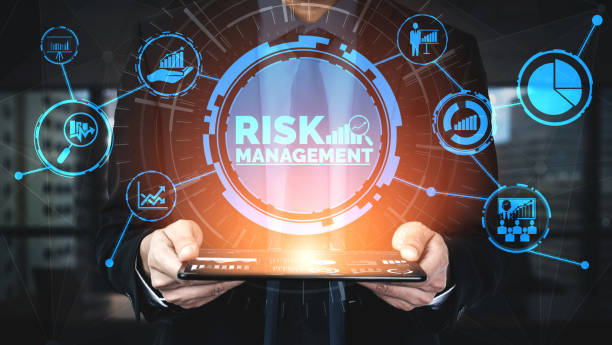What does the term “Business Resilience” means?
Recent events, including the Covid-19 crisis, the conflict in Ukraine, and the earthquakes that struck Turkey and Syria, have demonstrated that businesses’ resilience is vital for survival and carrying on in the face of challenging circumstances.
“resilience” originates from psychology and refers to modifying behavior to face unexpected obstacles. In the business world, this implies that resilient companies can spot dangers early, adjust to adverse external influences and sustain business operations in stressful situations. To ensure their company is as robust as possible, leadership must establish a solid process for managing crisis and risk. In our latest report, “Data-Driven Resilience,” which is based on a poll of 3,000 business leaders, you will discover how businesses like yours are enhancing their resilience to business.
The Seven Pillars of Resilience
To increase the resilience of businesses, managers and their employees must consider the seven pillars of stability, a model popularized by Ursula Neuber. The seven pillars include:
- Optimism, The management of crises, is founded on the notion that problems are not permanent and cancan be overcome. This is a conviction that events can be controlled.
- AcceptanceTo overcome challenges, it’s first essential to accept these challenges. Only those who understand all issues can take the next step in strategic planning.
- Solution orientation Companies that are resilient can be influential and operate quickly in challenging situations and search for solutions.
- The role of the victim is essential to concentrate on one’s strengths and weaknesses and to identify areas to improve shortly.
- Resilience requires taking responsibility for one’s actions: Resilience involves taking responsibility for one’s choices and consequences.
- The network orientation The stability of a network is vital to overcome problems.
- Plan for the future By implementing efficient risk management; companies can mitigate or manage adverse events that might occur.
Businesses are increasingly faced with challenging circumstances that can cause disruption to operations, harm reputations or bring new threats to the surface. Adaptability is a critical element of a strong organization, allowing businesses to adjust to environmental changes and create innovative strategies.
Business Continuity and. Business Resilience
In contrast to business continuity, business resilience is one step ahead. Business continuity is built upon the plan for business continuity (BCP). A business can resume operations following a disruption or failure quickly. The objective is to respond promptly to events that cause trouble and maintain a reasonable production or service level following the interruption. A key aspect of business continuity concerns disaster recovery, which involves restoring functioning in the IT infrastructure following an outage or cyber-attack.
Business resilience is more than just the process of resolving a disruption. It focuses on strategic initiatives to convert challenges into opportunities. The primary focus is developing more robust strategies after a future crisis’. Business resilience is a strategy for post-crisis to prevent costly failures and to protect from weaknesses. A flexible company first ensures continuity in business to develop resilience for business.
Why is Business Resilience Important?
Businesses are increasingly faced with challenging situations that could disrupt operations, harm reputations, and pose other dangers to the forefront. Flexibility is the cornerstone of a strong organization, allowing companies to adjust to the changing environment and devise innovative strategies.
First, a distinction must be established between sudden, acute crises and those bubbling beneath the surface for extended periods.
Managing Sudden Crises
They are not common, but they can be abrupt and unexpected, which can disrupt manufacturing or other operations. They require quick reaction and swift action in a particular situation. Some examples of crises that are acute include:
- Pandemics
- Natural disasters
- Financial crises
- Industrial espionage, theft, or fraud
- Insolvency of the largest suppliers or customers
Recognizing Creeping Crises
Some crises arise in the long run and are not recognized simultaneously. Preventive measures, for example, risk monitoring and third-party performance, are useful in these instances. Examples of a creeping crisis are:
- A rising competitive pressure due to globalization and digitisation
- Demographic shift
- Lack of skilled workers
- Restructuring
- Technology-related changes
How businesses prepare for and react to incidents like data breaches or quality issues will determine how they can recover afterward. Resilience companies respond to crises by implementing adaptable solutions, such as by developing products tailored to the current circumstances and locating alternatives to suppliers. This gives them an edge over less agile organize could be more, enhancing their resilience, and businesses can avoid financial and reputational loss.
